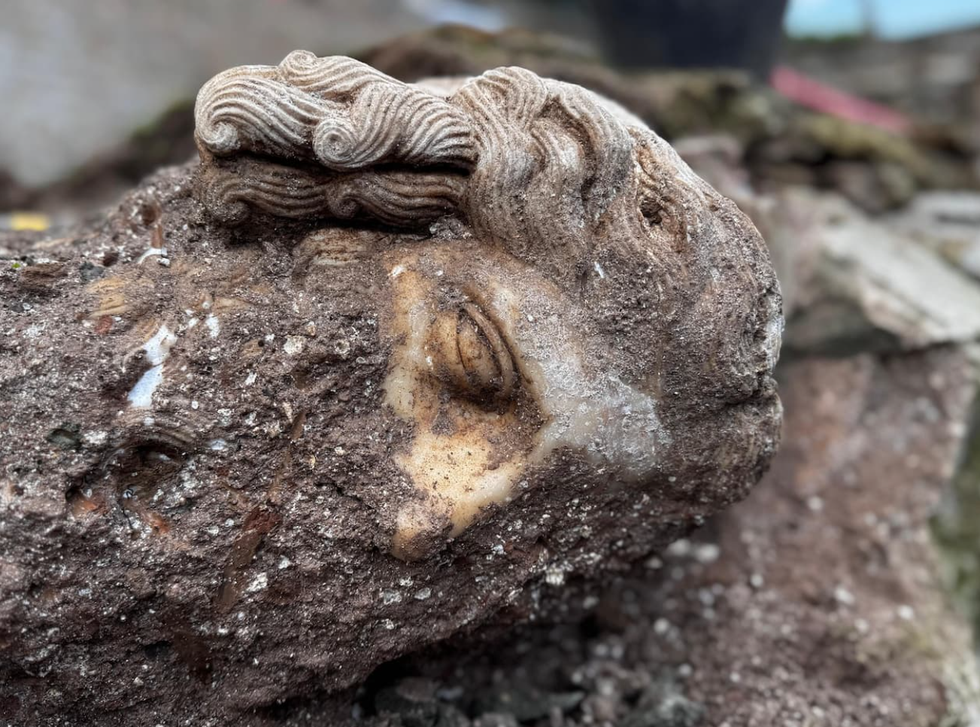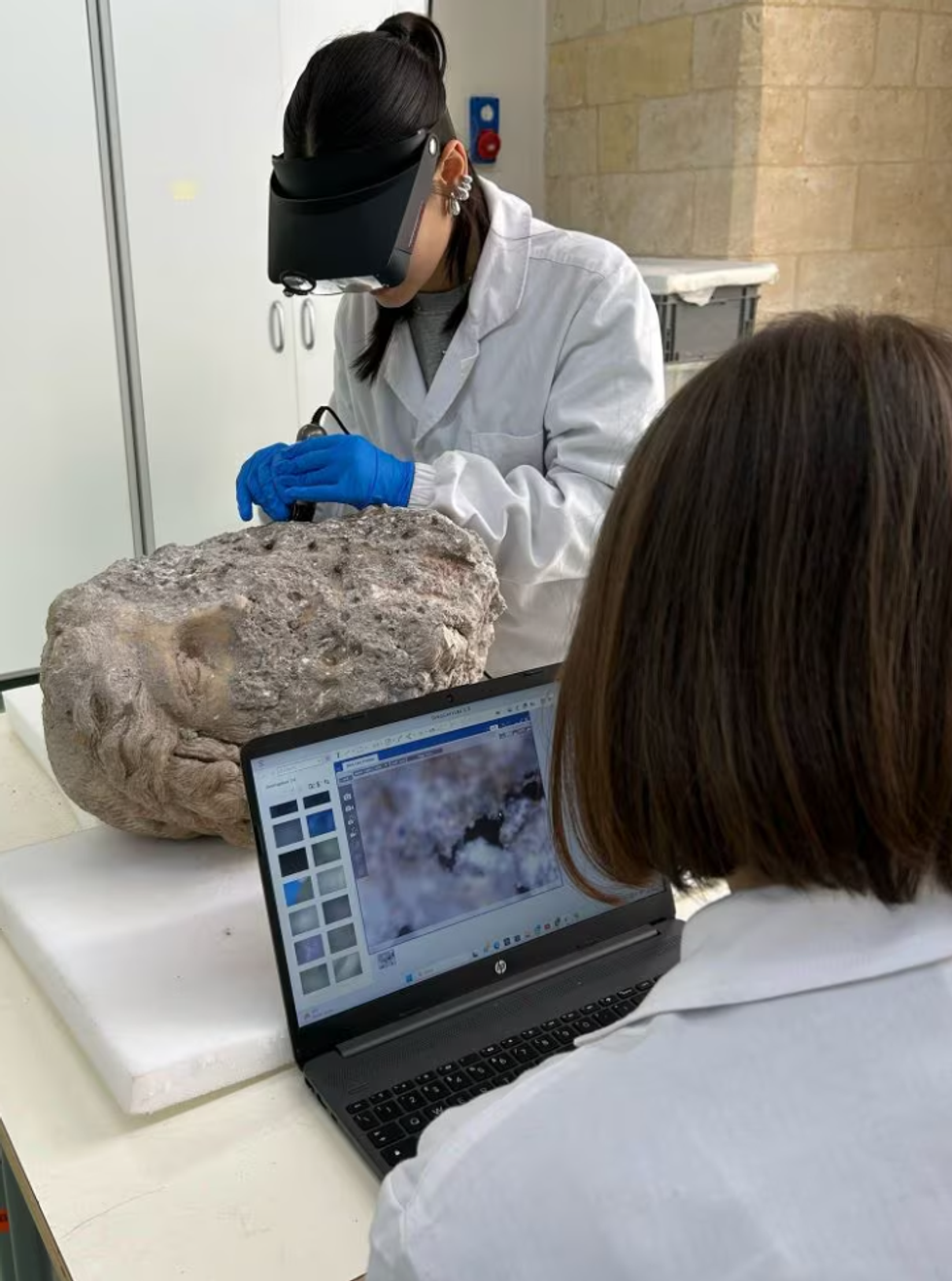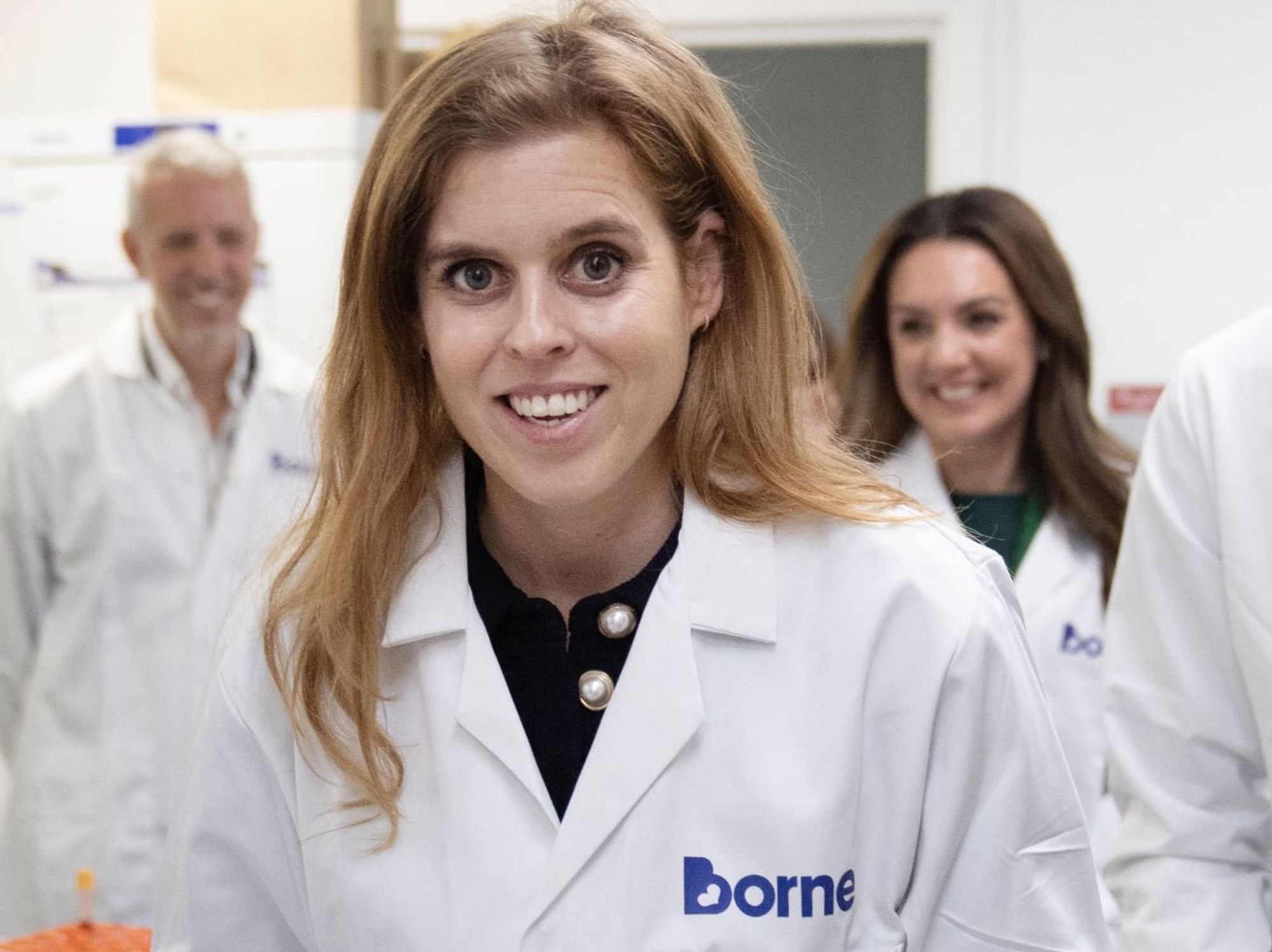Archaeologists find mysterious Roman deity head beneath historic church

The layers of mortar make it difficult for archaeologists to fully examine and interpret the ancient artefact
Don't Miss
Most Read
Archaeologists have unearthed the head of an ancient deity during excavations at the Basilica of St. Stephen on Caelian Hill in Rome.
The stone head was discovered in the foundation of the fifth-century church, according to an announcement by the Appian Way Regional Park.
The park recently shared on Facebook that it had bid farewell to "the beautiful stone head" as it departed for Matera.
The artefact will undergo extensive study and restoration work by specialists.

The park recently shared on Facebook that it had bid farewell to 'the beautiful stone head' as it departed for Matera
|Parco Archeologico dell'Appia Antica
The stone head features curly hair and depicts a bearded male figure, experts believe likely represents a deity.
However, the statue has significantly deteriorated over the centuries, losing many of its distinctive features.
"As a result, the face is covered with significant layers of mortar that prevent a complete reading," the park explained.
The layers of mortar make it difficult for archaeologists to fully examine and interpret the ancient artefact.
The stone head has been sent to the Central Institute for Restoration (ICR) in Matera for detailed examination.
MORE ARCHAEOLOGY BREAKTHROUGHS:
Students from the School of Advanced Training for Restoration will be involved in the project.
The ICR team will handle "the documentation, study of execution techniques, and diagnostics of the artifact," according to the park's April 10 statement.
This collaboration aims at "promoting shared methodological standards and innovative scientific protocols in the fields of archaeology and restoration."
The partnership brings together educational opportunities with professional conservation work.
The restoration process will take place in two phases, beginning with study work in Matera.
The second phase will be completed at restoration laboratories in Rome.
"The research results will contribute not only to the specific knowledge of the artifact but also to the enrichment of the historical-artistic framework of the Appia Antica territory in the late antique period," the park stated.

The layers of mortar make it difficult for archaeologists to fully examine and interpret the ancient artefact
|Parco Archeologico dell'Appia Antica
This work is expected to provide "new elements for understanding the cultural and settlement dynamics of the era."
The findings could significantly enhance our knowledge of late antiquity in the region.
This discovery joins several other recent finds of ancient Roman artefacts across Europe.
Last year, construction workers in Bulgaria uncovered an "exceptionally preserved" ancient Roman marble statue.
More ancient statues have emerged in recent months as well.
In January, archaeologists found a 2,000-year-old marble statue in an unusual location—inside a garbage bag near Thessaloniki, Greece.
Such discoveries continue to provide valuable insights into the artistic and cultural heritage of the ancient Roman world.










